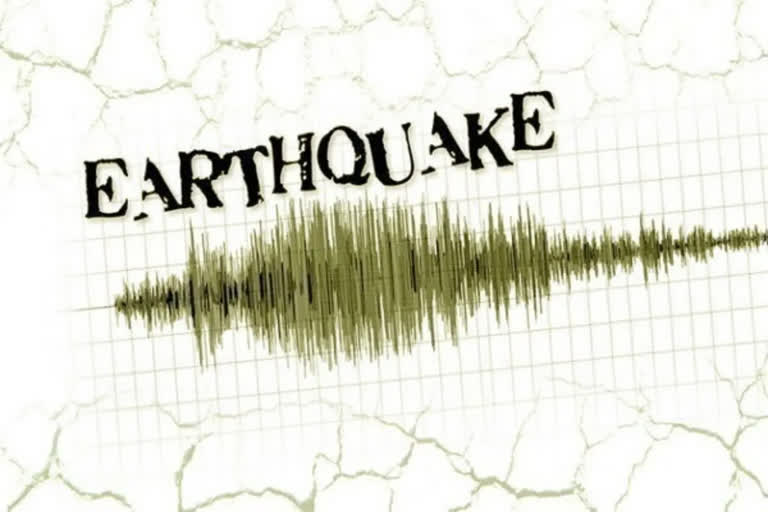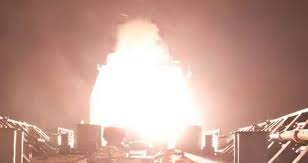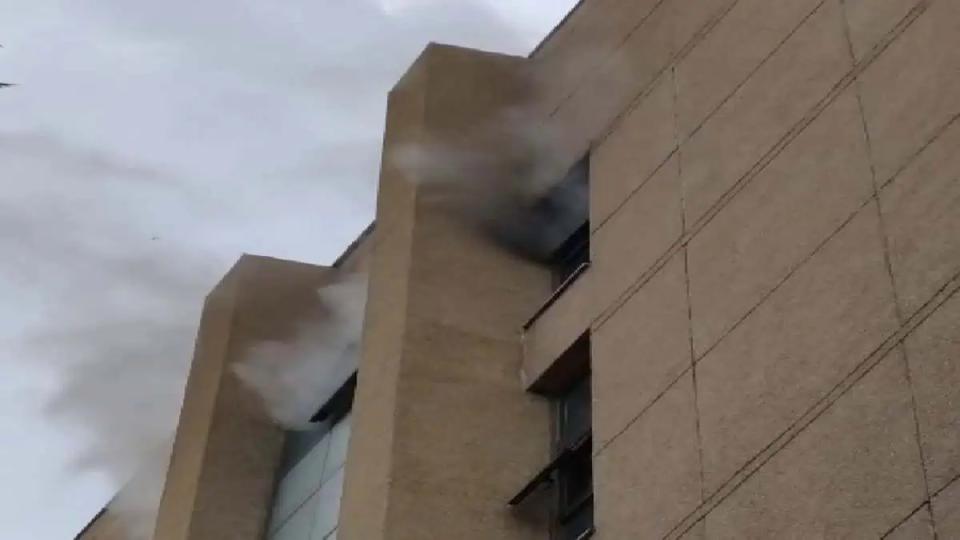New tool could provide insight into powerful future earthquakes
Tue 21 Feb 2023, 11:53:01

Houston: An everyday quirk of physics could be a valuable new way to investigate the causes and potential for a large, damaging earthquake to happen, according to a study.
Researchers at The University of Texas at Austin, US, discovered that a frictional phenomenon could be key to understanding when and how violently a fault -- a
fracture or zone of fractures between two blocks of rock -- moves.
fracture or zone of fractures between two blocks of rock -- moves.
The phenomenon, which explains why it takes more effort to shove a heavy box from a standstill than it does to keep it moving, governs how quickly the fault surfaces bond together, or heal, after an earthquake, they said.
No Comments For This Post, Be first to write a Comment.
Most viewed from International
Most viewed from World
AIMIM News
Latest Urdu News
Most Viewed
May 26, 2020
Do you think Canada-India relations will improve under New PM Mark Carney?
Latest Videos View All
Like Us
Home
About Us
Advertise With Us
All Polls
Epaper Archives
Privacy Policy
Contact Us
Download Etemaad App
© 2025 Etemaad Daily News, All Rights Reserved.

.jpg)






.jpg)
.jpg)


.jpg)
.jpg)
.jpg)
.jpg)
.jpg)
.jpg)
























